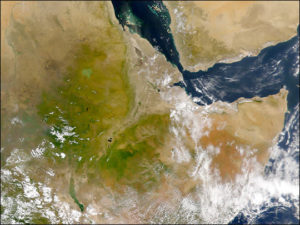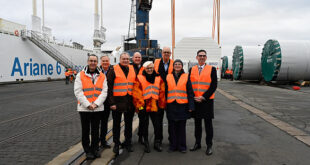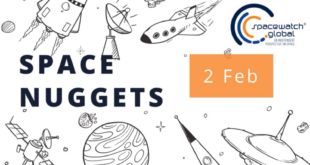
The Ethiopian government has revealed that it will break ground on a satellite manufacturing, assembly, integration, and testing (MAIT) facility in the Addis Ababa area in January 2020, signaling the start of the second phase of its space development strategy.
Speaking with the Space in Africa online publication on 14 October 2019, Dr. Solomon Belay, the Director-General of the Ethiopian Space Science and Technology Institute (ESSTI), said that the Ethiopian government has an agreement with the French company ArianeGroup and funding from the European Union’s European Investment Bank (EIB) to build the MAIT facility on a 30 month schedule starting in early 2020.
ESSTI has apparently designated its Space Engineering Research and Development Directorate (SERDD) as the lead for overseeing and administering the MAIT facility construction and handover, and will then manage the facility that is expected to be the centerpiece for Ethiopian satellite technology development and manufacturing.
Space in Africa obtained a copy of the Ethiopian government’s space development strategy, and quotes it as saying that SERDD’s management of the MAIT facility will focus on the “design, development and manufacturing of highly accurate, precise, portable, easily maintainable, replaceable, and automated MAIT equipments that may not only be used for aerospace industry but also other manufacturing industries.”
Once completed, the Ethiopian MAIT facility will become one of three MAIT facilities on the African continent, with two already in use in Algeria and South Africa respectively. According to Space in Africa, both Egypt and Nigeria are also planning to build their own MAIT facilities.





